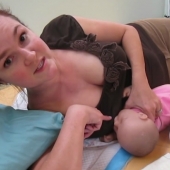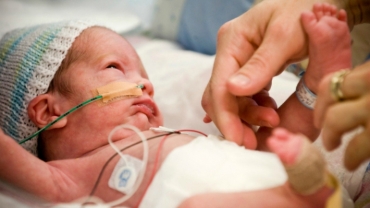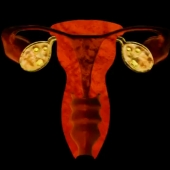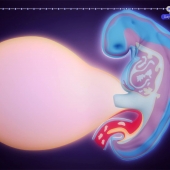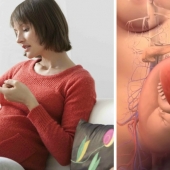Ovulation is a part of the menstrual cycle when the ovary releases an egg or ovum. Inside the ovary there are thousands of follicles. Each follicle is a hollow ball of cell with an immature egg in the centre.
The typical 28 day menstrual cycle begins on the first day of the menstrual bleeding. During the first seven days of the cycle, a few follicles begin to grow at the same time. These maturing follicles secrete oestrogen hormone into the bloodstream to prepare the lining of the uterus for pregnancy.
Around day 7, all of the follicle stop growing and begin to degenerate except for one, this dominant follicle continues to grow and nourishes the developing egg inside it. Around day 12, the follicle secretes a large amount of oestrogen into the bloodstream.
When the oestrogen reaches the hypothalamus in the pituitary gland in the brain, the anterior or the fun part of the pituitary gland releases a huge surge of luteinising hormone into the bloodstream.
About video: This video is an informative animated presentation that explains in detail about ovulation.
- 1262 views


